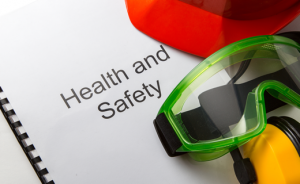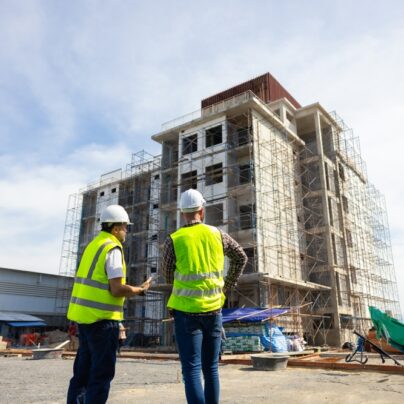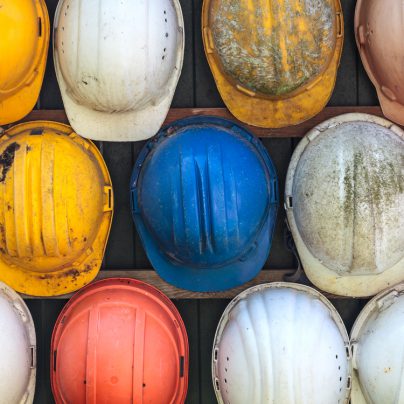
Construction Procedures and Processes
Here’s a checklist for you. The HSE’s 12 products, processes and procedures any super-safe site should have.
In previous posts we looked at the HSE’s ‘Red List’ – 12 absolute No No hazards on a work site and in the design procedure. And the ‘Amber List’ – 17 potential hazards you must be aware of. Both are must-reads if you haven’t already!
Now, here’s the ‘Green List’. These factors will dramatically reduce accidents, health hazards (and nasty fines) on any construction site.
Let’s see if you can tick all 12…
- Careful positioning of all equipment, fittings and devices
All your electrical and mechanical equipment should be thoughtfully located for the easiest access to all areas, and away from crowded areas. That goes of light fittings, security devices, etc too.
- Great maintenance access and headroom
Anyone who’s ever going to do maintenance on your building, in plant rooms, during construction, anywhere and time, needs at least adequate access and headroom. And this includes good room for replacing heavy components.
- Pre-cast fixings for concrete products
If you can avoid drilling stone, you’re doing a huge thing for your worker’s health. So the best of sites have specifications of concrete products with pre-cast fixings so drilling is less necessary.
- Great access for vehicles
Your number one priority with vehicles is reducing the need to reverse a lot. Reversing causes accidents. If you have adequate access for all construction vehicles to move without reversing, your site is a whole lot safer.
- Early installation of permanent access
The safer and sturdier all your means of access on a site are, the more of those early accidents you’ll avoid. So nice and early on install permanent means of access, and prefabricated staircases with handrails, where possible.
- Use edge protection
Always have edge protection on any permanent works where it’s even slightly possible for anyone to fall.
- Be nice to window cleaners
This is protecting a long way down the line. But make sure window cleaners will be safe, happy people during their job – provide practical, safe means of window cleaning. From the inside if possible!
- More engineering controls to reduce the need for PPE
The HSE encourages the use of engineering controls, so workers are less involved on site and less personal protective equipment (PPE) is needed.
- Use half-size plasterboard
For easy handling, specify half board sizes for plasterboard.
- Have timber treated offsite
If your timber is using any PPA- or CCA-based preservatives, always have it treated offsite. And if you’re treating cut ends on site you can use the far safer Boron or copper salts.
- Fabricate and prefabricate offsite too
All fabrication or prefabricated elements should be prepared offsite too. Let’s keep those harmful processes to a minimum!
- Appoint a temporary work coordinator
Communication and coordination is at the crux of a healthy, safe site. Hiring a coordinator brings all the separate jobs together like cogs in a machine, making sure everyone onsite is aware of each other and what they’re doing.
So there you have it. Did you get all 12? If you did, hardhat off too you sir or madam! That’s a mighty fine safe site you’re running there. If not, there’s always room for improvement.
Of course, there are far more health and safety factors to include, but this list in particular the HSE sees as crucial for the safety of your workers.
Got any questions about this post?
Ask away!

A chartered (fellow) safety and risk management practitioner with 20+ years of experience. David provides a healthy dose of how-to articles, advice and guidance to make compliance easier for construction professionals, Architects and the built environment. Get social with David on Twitter and Linkedin.



